The detectors, which measure echoes of cosmic particles bombarding Earth’s atmosphere, were built by participants in a program called “Investigating the Development of STEM-Positive Identities of Refugee Teens in a Physics Out of School Time Experience.”
Tag: Cosmic Rays
“A new lens” into the Universe’s most energetic particles
Showers in bathrooms bring us comfort; showers from space bring astrophysicists joy. Osaka Metropolitan University scientists have observed, with their novel method, cosmic-ray extensive air showers with unprecedented precision, opening the door to new insights into the Universe’s most energetic particles.
Sampling for sustainability in outer space
An international project led by Kyoto University tested and confirmed the high wood durability of space wood at the International Space Station — the ISS. The experiment results showed minimal deterioration and good stability of the samples selected for the wooden artificial satellite LignoSat.
Detecting Neutrinos from Nuclear Reactors with Water
Neutrinos are subatomic particles produced in many types of radioactive decays, including in nuclear reactors. Because neutrinos interact with matter extremely weakly, they are impossible to shield. The SNO+ experiment has just shown that a detector filled with simple water can detect neutrinos from nuclear reactors, even though the neutrinos create only tiny signals in the detector.
Citizen Science: From the cosmos to the classroom
Citizen science projects offer the general public, or segments of that public such as school students, an opportunity to take part in scientific research.
Keeping Time With The Cosmos
Various technologies, networks and institutions benefit from or require accurate time keeping to synchronize their activities. Current ways of synchronizing time have some drawbacks that a new proposed method seeks to address.
Cosmic Rays May Be Key to Understanding Galactic Dynamics
While moving around within the gas in the interstellar medium, cosmic rays kickstart the background protons, which causes a collective plasma wave movement akin to ripples on a lake. The big question is how cosmic rays deposit their momentum into the background plasma. In Physics of Plasmas, plasma astrophysicists review recent developments within the field of studying the streaming instability triggered by cosmic rays, which likely have more impacts on galactic dynamics and the star formation cycle than previously known.
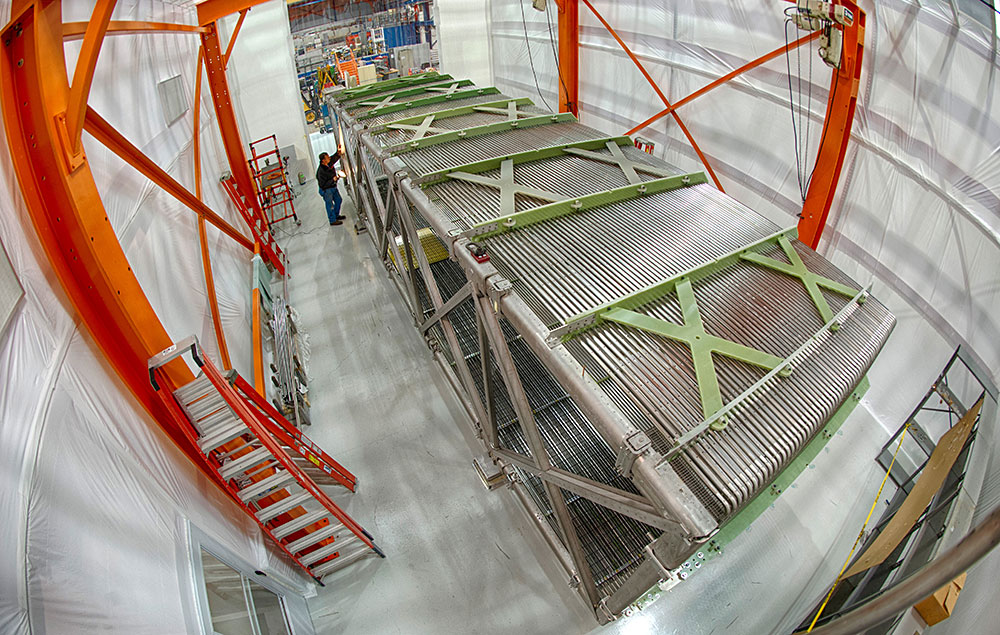
Physicists Achieve Significant Improvement in Spotting Accelerator-produced Neutrinos in a Cosmic Haystack
Scientists demonstrate how ground-breaking image reconstruction and analysis algorithms filter out cosmic ray tracks in the MicroBooNE neutrino detector to pinpoint elusive neutrino interactions with unprecedented clarity.
Probing Deeper into Origins of Cosmic Rays
Researchers know cosmic rays originate from the multitude of stars in the Milky Way and other galaxies. The difficulty is tracing the particles to specific sources, because the turbulence of interstellar gas, plasma, and dust causes them to scatter and rescatter in different directions. In AIP Advances, researchers developed a simulation model to better understand these and other cosmic ray transport characteristics, with the goal of developing algorithms to enhance existing detection techniques.
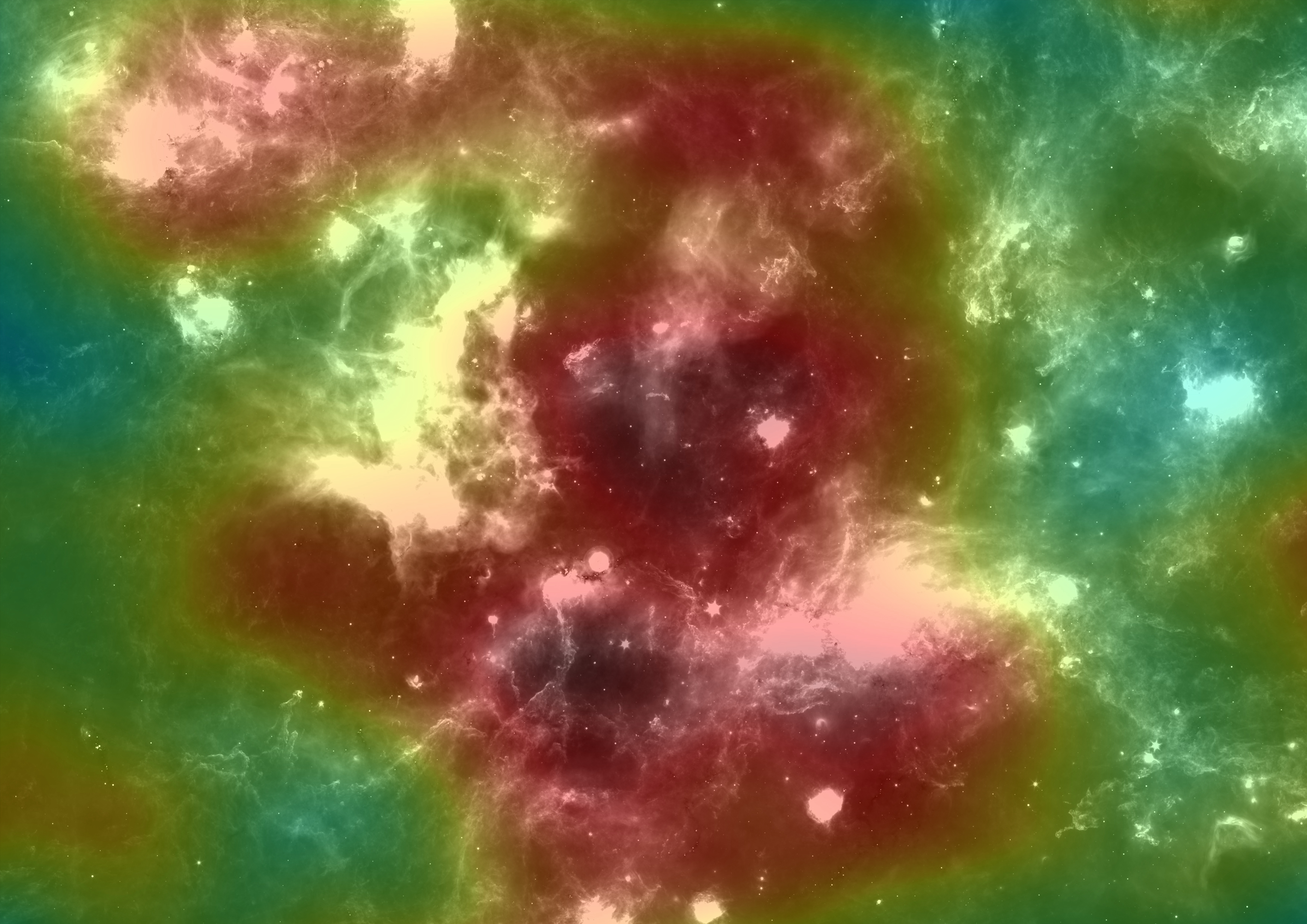
HAWC Gamma Ray Observatory discovers origin of highest-energy cosmic rays in the galaxy
A long-time question in astrophysics appears to finally be answered, thanks to a collection of large, high-tech water tanks on a mountainside in Mexico.
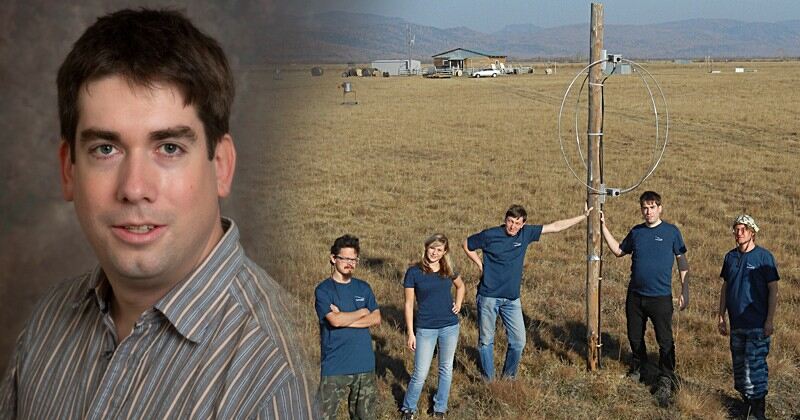
UD Physicist Named Sloan Research Fellow
Frank G. Schroeder, assistant professor of physics and astronomy at the University of Delaware, has received the Sloan Research Fellowship, one of the most competitive and prestigious awards available to researchers in the U.S. and Canada early in their careers. Schroeder will use the two-year, $75,000 fellowship to continue his research to uncover the origins of cosmic rays.
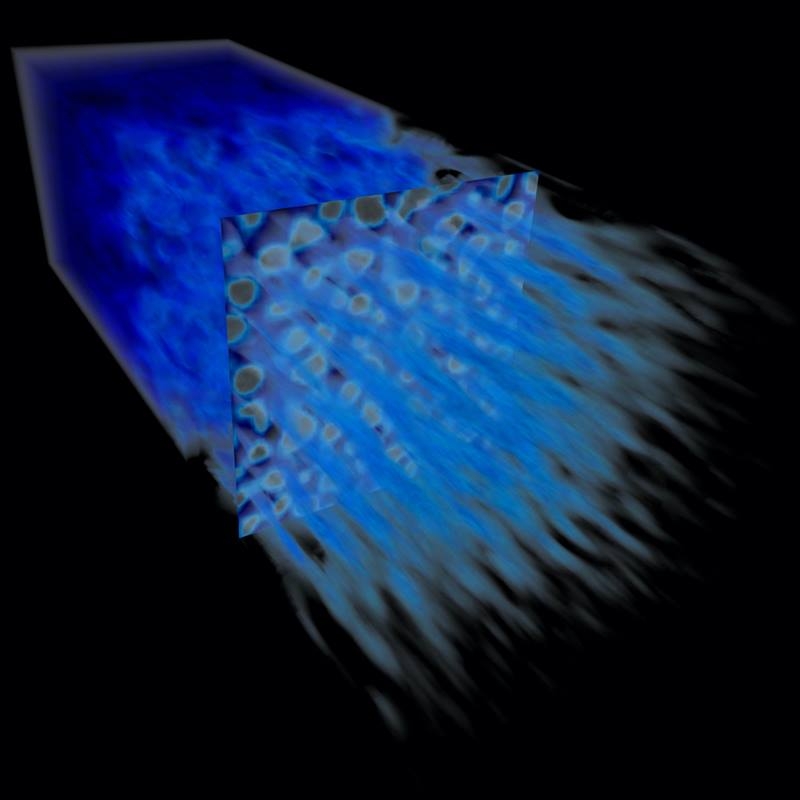
Lab-Created Shock Waves Mimic Supernova Particle Accelerators
When stars explode as supernovas, they produce shock waves in the plasma that blast cosmic rays into the universe at relativistic speeds. How exactly they do that remains a mystery. New experiments using powerful lasers have recreated a miniature version of these supernova shocks in the lab, where scientists can observe how they accelerate particles.
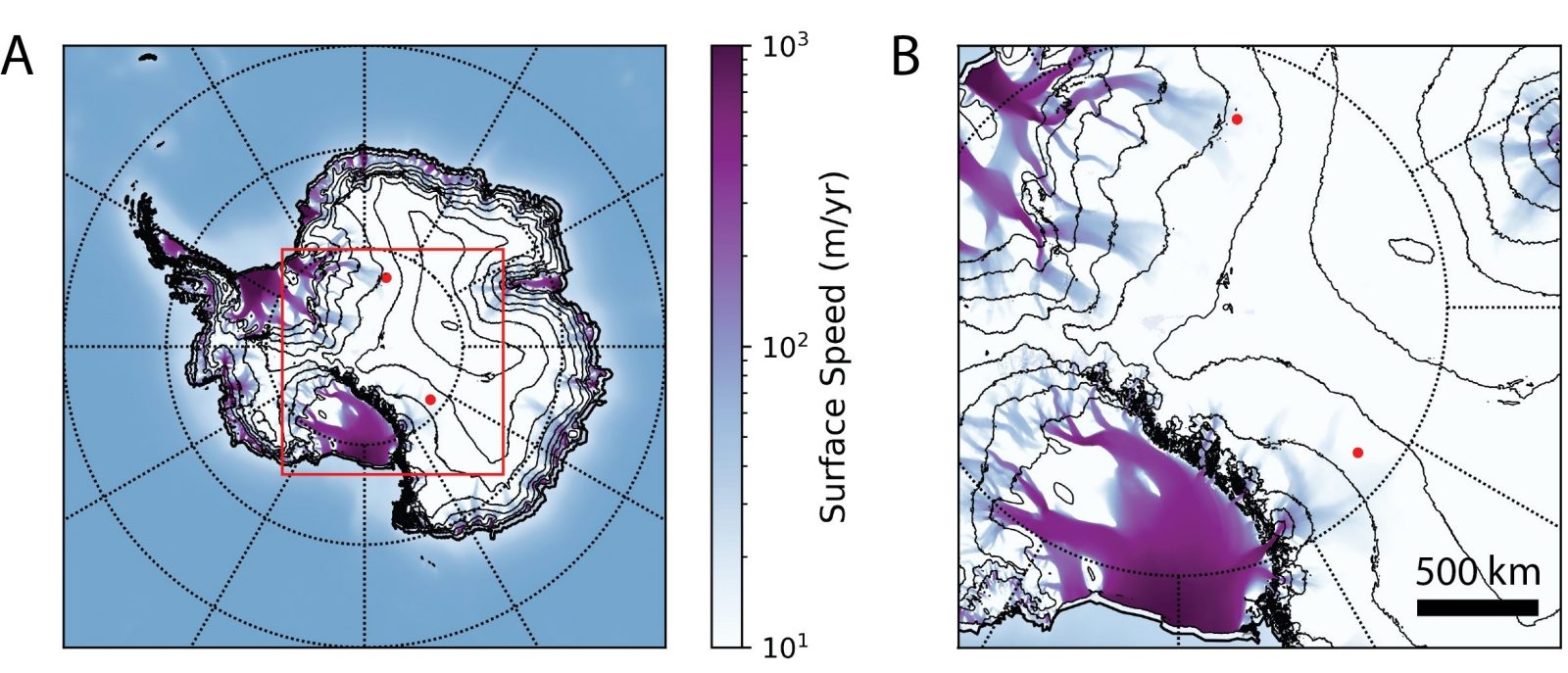
Virginia Tech research provides new explanation for neutrino anomalies in Antarctica
A new research paper co-authored by a Virginia Tech assistant professor of physics provides a new explanation for two recent strange events that occurred in Antarctica – high-energy neutrinos appearing to come up out of the Earth on their own accord and head skyward.
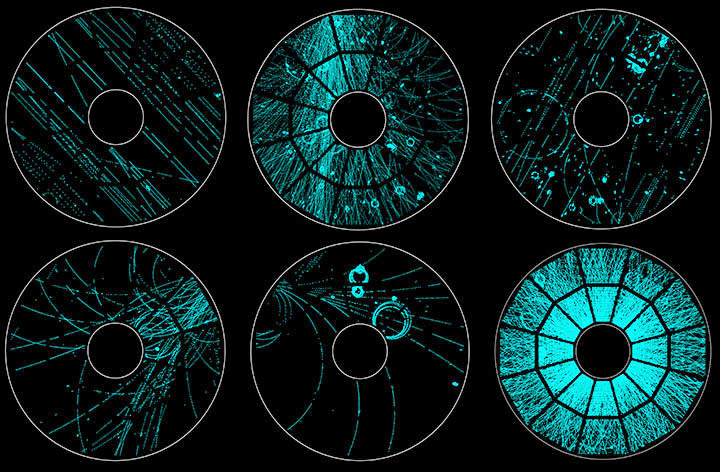
Stunning Images Capture Cosmic Ray Tracks
These images capture the movement and collisions of cosmic rays—mysterious particles originating somewhere in deep space—as they stream through the STAR detector at the Relativistic Heavy Ion Collider (RHIC). The results are profoundly beautiful.